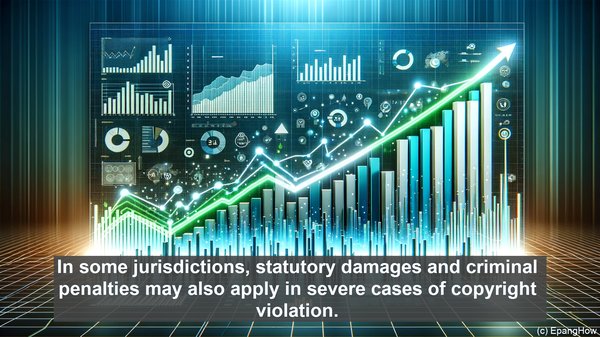Introduction: Intellectual Property Protection
Hello everyone! Welcome to our article on the distinction between patent rights and copyright rights. When it comes to safeguarding intellectual creations, these two legal frameworks play a vital role. However, they differ significantly in terms of scope, duration, and the types of works they cover. Let’s dive deeper into this intriguing subject.
Defining Patent Rights
Patent rights primarily revolve around inventions and innovations. They are granted to inventors, providing them with exclusive rights to their creations. Patents are typically sought for novel and non-obvious inventions, be it a new technology, a manufacturing process, or a unique design. By obtaining a patent, inventors can prevent others from making, using, or selling their invention without permission. This exclusivity, however, comes with a responsibility to disclose the invention’s details to the public, fostering knowledge sharing and further advancements in the field.
Exploring Copyright Rights
Unlike patent rights, which focus on tangible inventions, copyright rights are concerned with creative works. From literature and music to art and software, copyright protection extends to a wide range of original expressions. The moment an idea is transformed into a tangible form, such as a manuscript or a recording, it is automatically protected by copyright. This inherent protection grants the creator exclusive rights, including the right to reproduce, distribute, and publicly display their work. Unlike patents, copyright protection is automatic and does not require any formal registration.
Duration: A Key Distinction
Another significant difference lies in the duration of these rights. While patent rights typically last for a fixed period, usually 20 years from the date of filing, copyright protection endures for a much longer time. In most cases, copyright persists for the creator’s lifetime, and even beyond, often for 70 years or more after their demise. This extended duration ensures that the creator’s work remains safeguarded, benefiting their heirs and ensuring a continued legacy.
Scope and Overlapping Rights
The scope of patent rights is often more narrowly defined compared to copyright rights. A patent provides protection for the specific invention it covers, ensuring that others cannot create, use, or sell a similar product or process. On the other hand, copyright protection is broader, encompassing the entire work in its original form. However, it’s worth noting that in some cases, a creation may be eligible for both patent and copyright protection. For instance, a software program may be patented for its underlying technology while also being copyrighted for its code and user interface.

Enforcement and Legal Remedies
Enforcing patent and copyright rights involves different legal mechanisms. In the case of patent infringement, the patent holder can take legal action, seeking remedies such as injunctions and damages. Patent disputes often require technical expertise and can be complex, necessitating the involvement of specialized courts or tribunals. Copyright infringement, on the other hand, can be addressed through various means, including cease and desist notices, negotiation, or litigation. In some jurisdictions, statutory damages and criminal penalties may also apply in severe cases of copyright violation.

